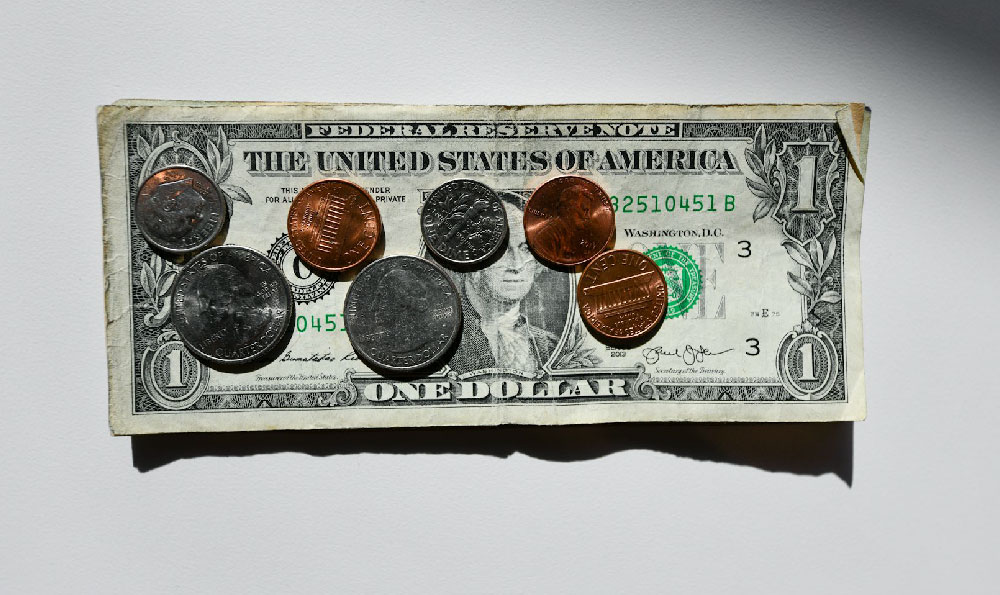The question of how many subscribers one needs to monetize a YouTube channel and actually earn a substantial income is a multifaceted one, far exceeding a simple numerical threshold. While YouTube's official Partner Program (YPP) sets a minimum bar, sustainable and significant earnings depend on a complex interplay of factors including audience engagement, niche competitiveness, monetization methods, and evolving platform algorithms. Let's dissect this seemingly straightforward question and explore the realistic path to financial success on YouTube.
To begin, understanding the current eligibility requirements for the YouTube Partner Program is crucial. YouTube mandates that channels need at least 1,000 subscribers and 4,000 valid public watch hours within the past 12 months to be considered for monetization. Meeting these basic requirements unlocks the potential to earn revenue through advertising, Channel Memberships, Super Chat & Super Stickers, Merchandise Shelf, and YouTube Premium revenue. However, it's essential to recognize that these are just the initial hurdles; they don't guarantee substantial earnings. Think of them as the admission ticket to the game, not a victory in itself.
The reality is that a channel with 1,000 subscribers, barely scraping through the watch hour requirement, will likely generate a very modest income. Why? Because the number of subscribers only paints a small part of the picture. A far more crucial factor is the level of engagement these subscribers have with your content. Are they actively watching your videos, liking them, commenting, and sharing them with their networks? High engagement signals to YouTube's algorithm that your content is valuable and worth promoting to a wider audience. This, in turn, leads to more views, which directly translates to higher ad revenue. A highly engaged audience of even 1,000 subscribers can be significantly more valuable than a disengaged audience of 10,000.

The niche in which your channel operates also significantly impacts earning potential. Some niches, particularly those related to finance, business, technology, or luxury goods, attract higher-paying advertisers. These advertisers are willing to pay a premium to reach a specific demographic with disposable income. Conversely, channels focused on broader, more general topics might struggle to attract high-value ads. Therefore, understanding the competitive landscape and the potential CPM (Cost Per Mille, or cost per 1,000 views) for your chosen niche is crucial for setting realistic income expectations. Researching what similar channels in your niche are earning can provide valuable insights.
Beyond advertising revenue, exploring alternative monetization methods is key to maximizing income. Channel Memberships allow viewers to support your channel with recurring monthly payments in exchange for exclusive perks, such as badges, custom emojis, or early access to content. Super Chat and Super Stickers enable viewers to highlight their messages during live streams for a fee. The Merchandise Shelf allows you to sell branded merchandise directly on your YouTube channel. Furthermore, YouTube Premium revenue offers a share of subscription fees from YouTube Premium subscribers who watch your content. Diversifying your income streams reduces reliance on ad revenue and can significantly boost your overall earnings.
Strategic content creation and audience building are paramount for sustained growth and monetization. Consistent uploads, high-quality video production, and compelling storytelling are essential for attracting and retaining viewers. Interacting with your audience through comments, Q&A sessions, and social media engagement fosters a sense of community and loyalty. Collaborating with other YouTubers in your niche can expose your channel to a new audience and accelerate subscriber growth. Optimizing your videos for search by using relevant keywords in titles, descriptions, and tags is crucial for discoverability. Understanding YouTube analytics and using the data to inform your content strategy is also vital for continuous improvement.
Finally, remember that building a successful YouTube channel and achieving significant monetization is a long-term game. It requires patience, persistence, and a willingness to adapt to the ever-changing YouTube landscape. Avoid get-rich-quick schemes or relying solely on vanity metrics like subscriber count. Focus on building a loyal and engaged audience, creating valuable content, and diversifying your monetization strategies. The subscriber count is simply one piece of the puzzle; the real key to earning money on YouTube lies in the quality of your content, the strength of your community, and your ability to adapt to the platform's evolving dynamics. The journey to sustainable income on YouTube is a marathon, not a sprint. It demands a strategic mindset, consistent effort, and a deep understanding of your audience and the platform itself.












